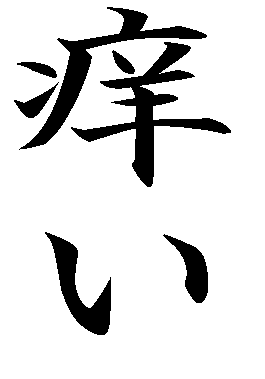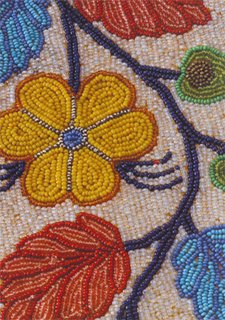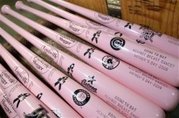 More than 70 percent of the earth's surface is covered in water, and beneath the silvery waves and blue-green tides is a complex world teeming with undiscovered plant and animal life.
More than 70 percent of the earth's surface is covered in water, and beneath the silvery waves and blue-green tides is a complex world teeming with undiscovered plant and animal life.Read more about new discoveries here...
blog for essiac-tea-herbal-remedies.com
 More than 70 percent of the earth's surface is covered in water, and beneath the silvery waves and blue-green tides is a complex world teeming with undiscovered plant and animal life.
More than 70 percent of the earth's surface is covered in water, and beneath the silvery waves and blue-green tides is a complex world teeming with undiscovered plant and animal life.

Herbal remedies are not just for health food stores anymore. The medications have gone mainstream, and as sales continue to rise, so do concerns about their interactions with prescription and more traditional over-the-counter drugs.
This year almost 1.4 million Americans will hear the words "You've got cancer," and in that instant their lives will be forever transformed.
Bianca Kennedy heard them five years ago, and, like most people, her initial emotion was shock, followed by the question, "Am I going to die?"





"Herbal Medicine Awareness Week aims to celebrate the benefits of herbal medicine, but more importantly to highlight the work of the trained healthcare professionals who are registered with the National Institute of Medical Herbalists..."Read more here...
Herbal therapies have been around for thousands of years and were widely prescribed by doctors until the late 1800s when the American Medical Association (AMA), a trade union of doctors committed to partnership with the budding pharmaceutical industry, used its economic and political muscle to suppress the use of natural substances. The use of herbs once was mainstream medicine but, because there is no great profit to be made from these unpatentable wonder drugs, they have lost their status as mainstream therapies.
 According to oral traditions, the Ojibwe people first lived on the Atlantic coast of North America. About 500 years ago, many of them began migrating west.
According to oral traditions, the Ojibwe people first lived on the Atlantic coast of North America. About 500 years ago, many of them began migrating west.

Alternative medicine doctors who use treatments such as acupuncture and herbal supplements are making a controversial bid to expand their turf in Illinois.
A bill pending in the Legislature would make Illinois the 15th state to license naturopathic doctors, or N.D.s, who favor natural treatments and shun most synthetic drugs.
Consumer Reports, the bible of independent consumer ratings, has introduced a new database on thousands of herbs, dietary supplements and other natural medicines, a response to the enormous growth in the use of these products.
 Can a routine of yoga help ease the side effects of chemotherapy in breast cancer patients? Possibly. The US government's National Cancer Institute (NCI) has decided to spend $2.4 million to find out.
Can a routine of yoga help ease the side effects of chemotherapy in breast cancer patients? Possibly. The US government's National Cancer Institute (NCI) has decided to spend $2.4 million to find out.As a trained herbalist, she can look outside and see dinner where others see only weeds.
"Last summer I could cook myself an entire meal with things from my back yard," she said. "I'd steam nettles and burdock and make a salad with chickweed and dandelion leaves, which I'd eat with sunflower seeds and a vinaigrette."





Coffee is number one source of antioxidants from PhysOrg.com
Coffee provides more than just a morning jolt; that steaming cup of java is also the number one source of antioxidants in the U.S. diet, according to a new study by researchers at the University of Scranton (Pa.). Their study was described today at the 230th national meeting of the American Chemical Society, the world's largest scientific society.
[...]

People who pay attention to print and broadcast ads probably are convinced that a prescription drug exists to cure any ill—even illnesses they didn't realize they had. The same consumer might conclude that herbal medicines are worthless—or dangerous, in fact, if the knitted brow of the television news anchor is any indication. "A new study reveals St. John's wort no more effective than a placebo in treating depression . . . "
Most news anchors missed the revelation in that same study that the prescription drug Zoloft also was no more effective than a placebo. They didn't follow up the story to discover that the study itself is now on trial, its protocol questioned even by one of the leading scientists who helped initiate it.
Much larger concerns about pharmaceutical medicines growl and huff outside the studio door, but few members of the mainstream media seen able to tear themselves away from the party line (pharmaceutical drugs good, Herbs weird) long enough to investigate.
The issue isn't whether the best choice is synthetic pharmaceuticals or natural herbs—the answer to that question is as individual as the compounds and the illnesses being considered. The issue is why the American public can't get its hands on enough well researched, unbiased information to even make informed choices.
Read the rest of the article here...
